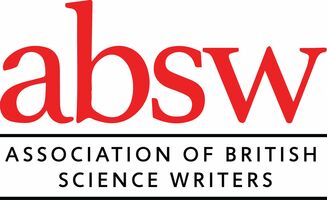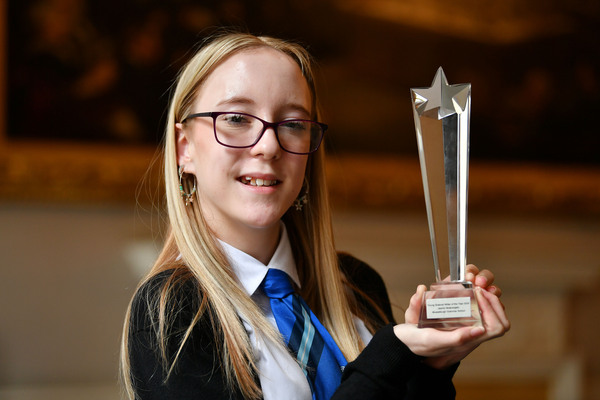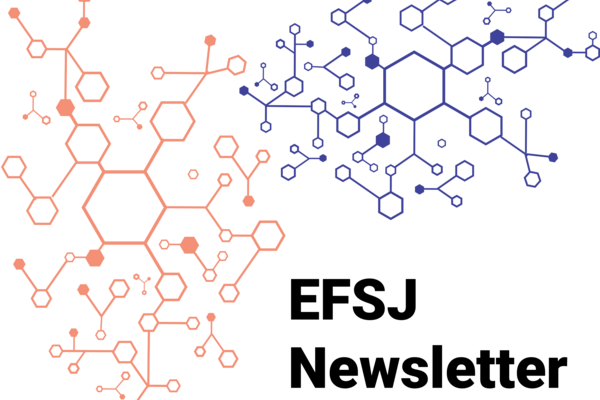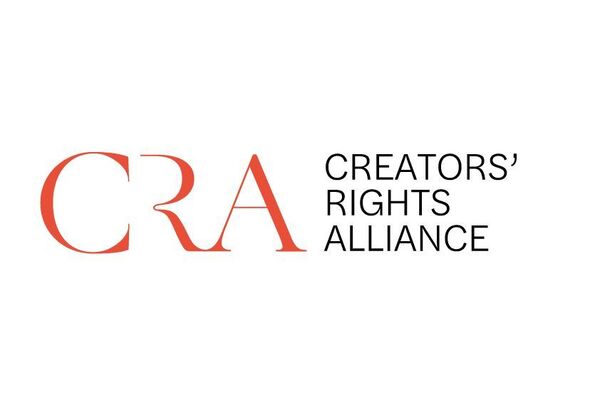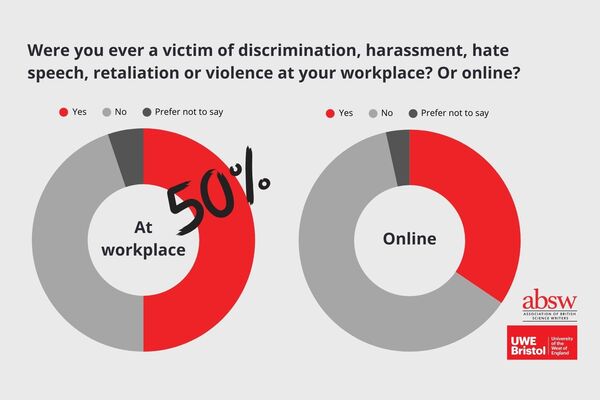‘Curiosity is what this award is all about’ said Victoria Gill, BBC Science Correspondent, to the winners, and their families and friends at the Young Science Writers Award ceremony. Standing in the historic theatre in the Royal Institution in London, Victoria Gill added that it was ‘a great place to celebrate curiosity’.
Victoria Gill handed out awards certificates to the winner, two runners up and ten students who were highly commended.
The students, all aged between 14 and 16, heard from science communicators about what inspires them in their work. Chemical engineer Yasmin Ali, author of 'Power Up: An Engineer's Adventures into Sustainable Energy', talked about the three parts of the energy system: get it, move it, use it.
To see for herself how energy is generated she visited a floating wind turbine in Norway, and although she was seasick on the way back to port said, "the trip was worth it". Yasmin showed many photos of the yellow pipes she became obsessed with when she saw them being installed in London streets. The pipes could, in the future, carry clean hydrogen or other gases that will be greener than the ones we burn now to heat our homes. To show us how we could be using energy in a sustainable way Yasmin enthused about the ecohouses near Nottingham that need no heating.
Rob Eastaway, author of many books on maths, including his latest, 'Much Ado about Numbers', on maths in Shakespeare plays, said that when he was young, he was an "utter nerd", and encouraged the budding science journalists to embrace their nerdiness.
New Scientist gave him his journalistic break when they published a puzzle in its Enigma column. He said that the key to a good puzzle is that it "has to be engaging", and not a maths problem. Rob Eastaway’s advice to new writers was to "get someone not in your world to read your article" and to remember that if the reader thinks "it’s boring or complicated, it’s not their fault, but your fault".
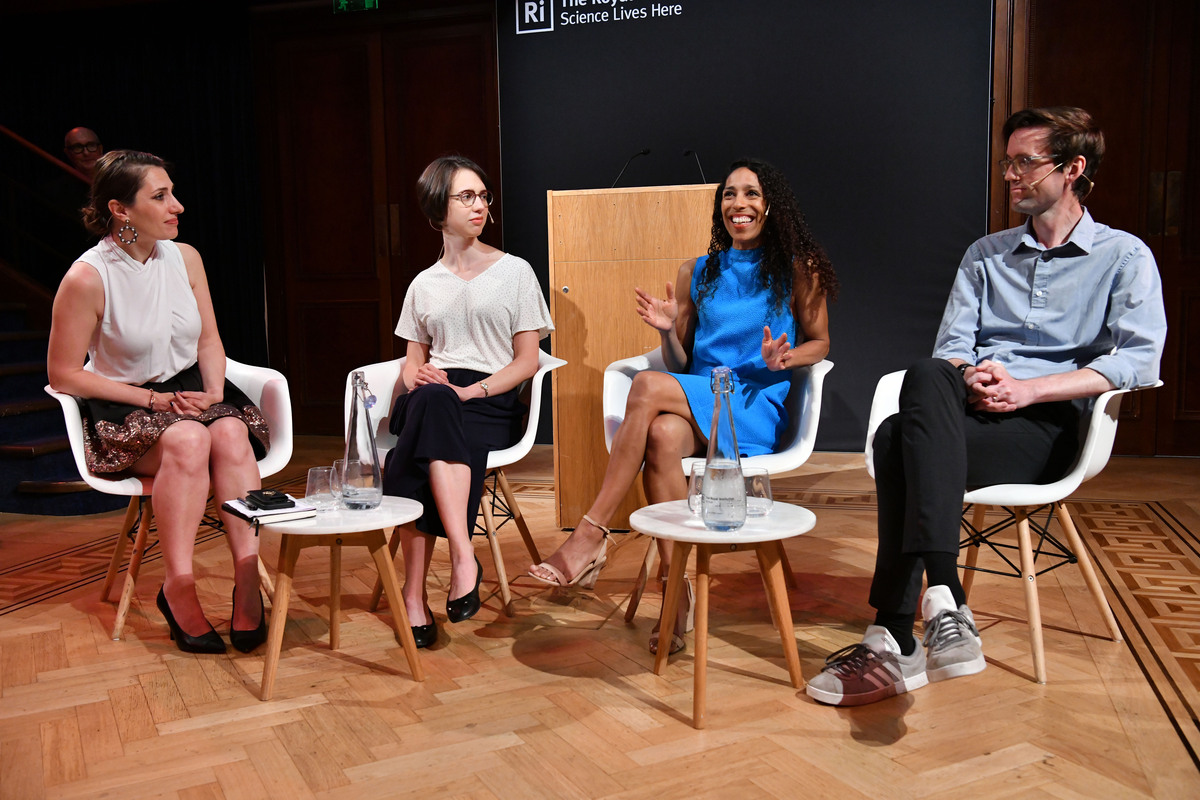
Alex O’Brien chaired a discussion with authors Anna Demming, Richard Fisher and Paula Rowinska (Credits: Mark Lewis Photography)
Finally, Alex O’Brien chaired a discussion with authors Anna Demming, Richard Fisher and Paula Rowinska about their routes into science writing. They all had many interests when young: Anna was into dance as well as physics, Paula did a PhD in maths but "always loved geography" and recently wrote a book on the maths of maps, and Richard had written for newspapers at school and for a website at university before becoming a science journalist.
Richard Fisher said the skills needed to be a science journalist were "tenacity to chase down a story and empathy to understand where the audience is". Paula Rowinska’s message was to "read outside your comfort zone" and, when writing, to ask "why should people care" about the story. Aspiring writers should "read and write a lot", added Anna Demming. A good place to start is with a blog. Richard Fisher said joining a network is a useful way to make contacts. The ABSW offers this, as does the US-based Open Notebook.
The winner of the Young Science Writer Award, Jasmin Notarangelo, whose essay was titled, ‘Are Insulin Pumps the Future of Type 1 Diabetes Management?’, said that writing was her passion, but she is going to continue to study biology. One of her teachers added that Jasmin is already "contributing to the school newspaper, Eco Club, and has now endeavoured to start a new Psychology and Philosophy club for all pupils interested in this field".
Article edited on July 26, 2024, with minor corrections regarding Yasmin Ali speech, namely the three parts of the energy system, the wind turbine in Norway, and what pipes can carry in the future.
